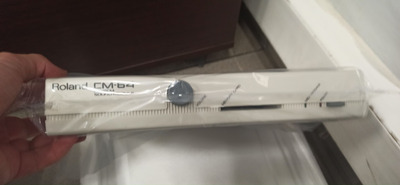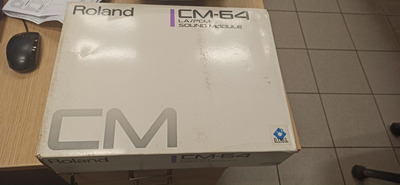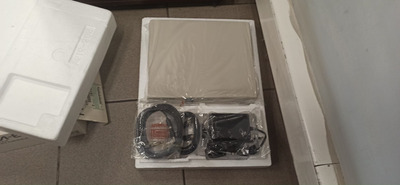darry wrote on 2020-07-14, 18:22:
yawetaG wrote on 2020-07-14, 15:12:
darry wrote on 2020-07-14, 05:41:
To what point that would be significant to you is a question only you can answer. There are some youtube videos of Doom and Duke Nukem 3D sound track excerpts being played on various modules . You may not find exactly what you are looking for but MU500/MU1000/MU2000 should be quite similar in native mode for games and I can only imagine that the MU10 would be quite similar to a DB50XG or DB60XG or an XR385 (NEC clone or rebrand), considering their similar vintage, polyphony and soundbank size .
The MU10 is basically the equivalent of a DB60XG.
However, it also is fully programmable, up to a level that none of the other MU modules are.
In what way is the relatively low-end MU10 fully programmable in a way the higher end and newer Yamaha MU modules are not ? I am no musician, but that statement catches my curiosity ? Do you have some reference links/docs regarding this ?
Yamaha synthesizers designed around Yamaha's AWM or AWM2 PCM synthesis methods usually have 16 or more parts to which patches (a sound) can be assigned. Almost all Yamaha AWM/AWM2 synthesizers and keyboards have edit on part level, where you can edit envelopes and filters of the part - i.e. if you change the patch assigned to the part, the settings of the part remain the same.
Each patch consists of 1 or more elements (single PCM waves). On the more advanced synthesizers, these elements can be edited in detail (envelopes, filters, etc.), thus editing the patch itself (and not the part). So you get two levels of editing, once at part level and once at patch level. On many prosumer and consumer level XG synthesizers that level of editing is not possible.
Yamaha's proto-XG modules (TG300, TG500) do have patch-level editing, but the MU-series does away with it (except the MU10).
The MU10 is supposed to be equivalent with the DB60XG (says Yamaha themselves), but shares its sysex editing abilities (basically editing the module's settings via special commands) with the Yamaha QS300 synthesizer - the only difference is that on the MU10 patches consist of two elements and on the QS300 of four elements. The sysex data is even referred to as "QS300" in the manual... However, you can't save edited voices on the module, so you need to use a computer-based editor.
If you want to fiddle with editing voices in detail I can recommend the TG300 instead (big screen, nearly all parameters accessible via interface, the element wave list is actually known, and 50 memory locations for your own patches - the only bit that sucks is switching to the user bank because it is explained very badly in the manual).




